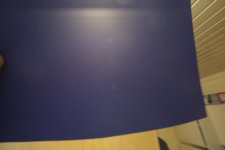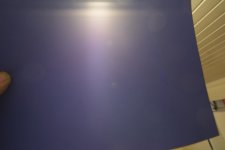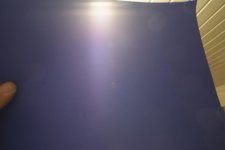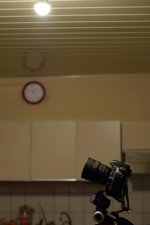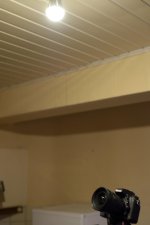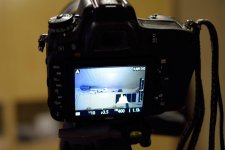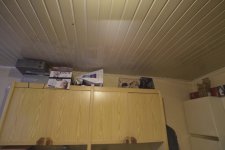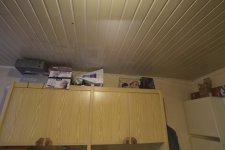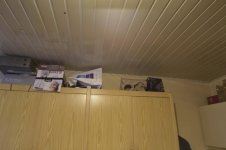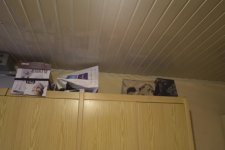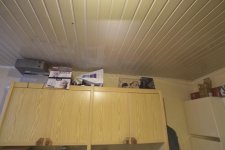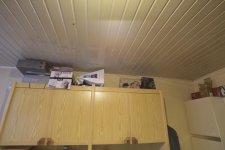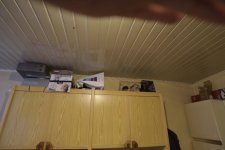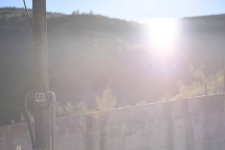

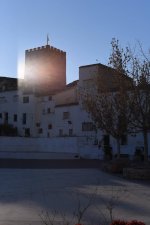

people confirming the problem. this is not a lens problem. no lens reacts this way. flare doesnt enter the camera in this fashion. this is clearly a light leak in camera
try shooting outdoors and see if you can confirm for sure it isnt happeneing. I laugh at those indoors lamp attempts to prove it isnt faulty.
and the person above clearly shows hes a noob. go outdoor and try it.
all of those indoor light video and attempts showed it in a faint way. try it outdoors like the guy did in the bvideo and the images I just posted and let us know.
a few who said "I dont have this problem" did a few more tests under different situations (not indoors) and came back to confirm the problem. the harsh line created in these situations would never happen with a lens. flare would be dispersed and shown as the usual flair we know. this is sever line thats a defect in camera. go out doors, shoot with the angles he was showing in the video and let us know. the indoor lights arent strong enough as the sun. indoor lights dont behave like the sun.





